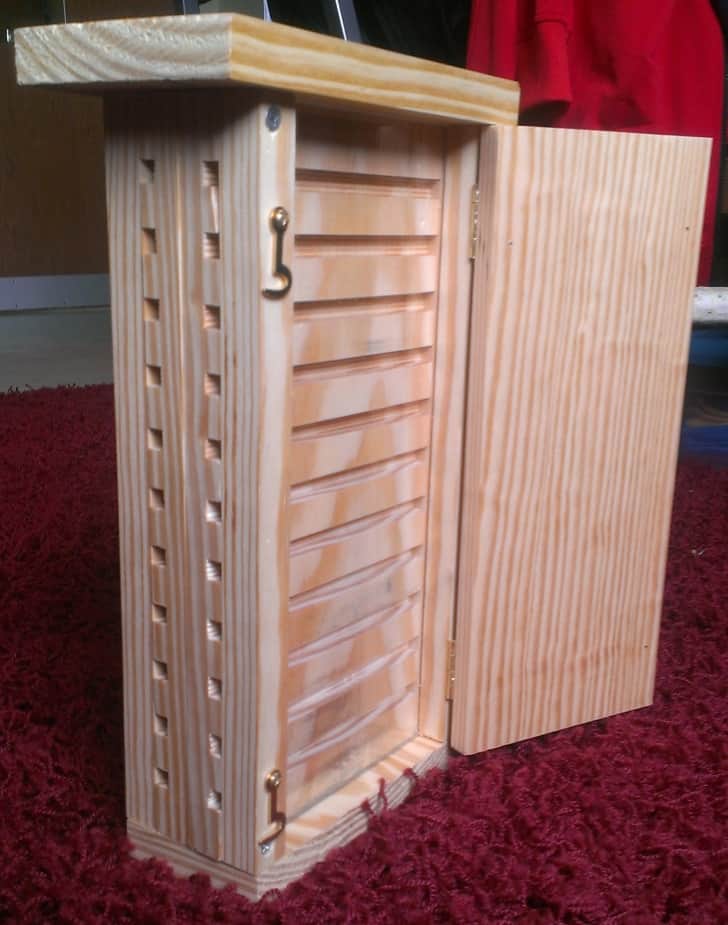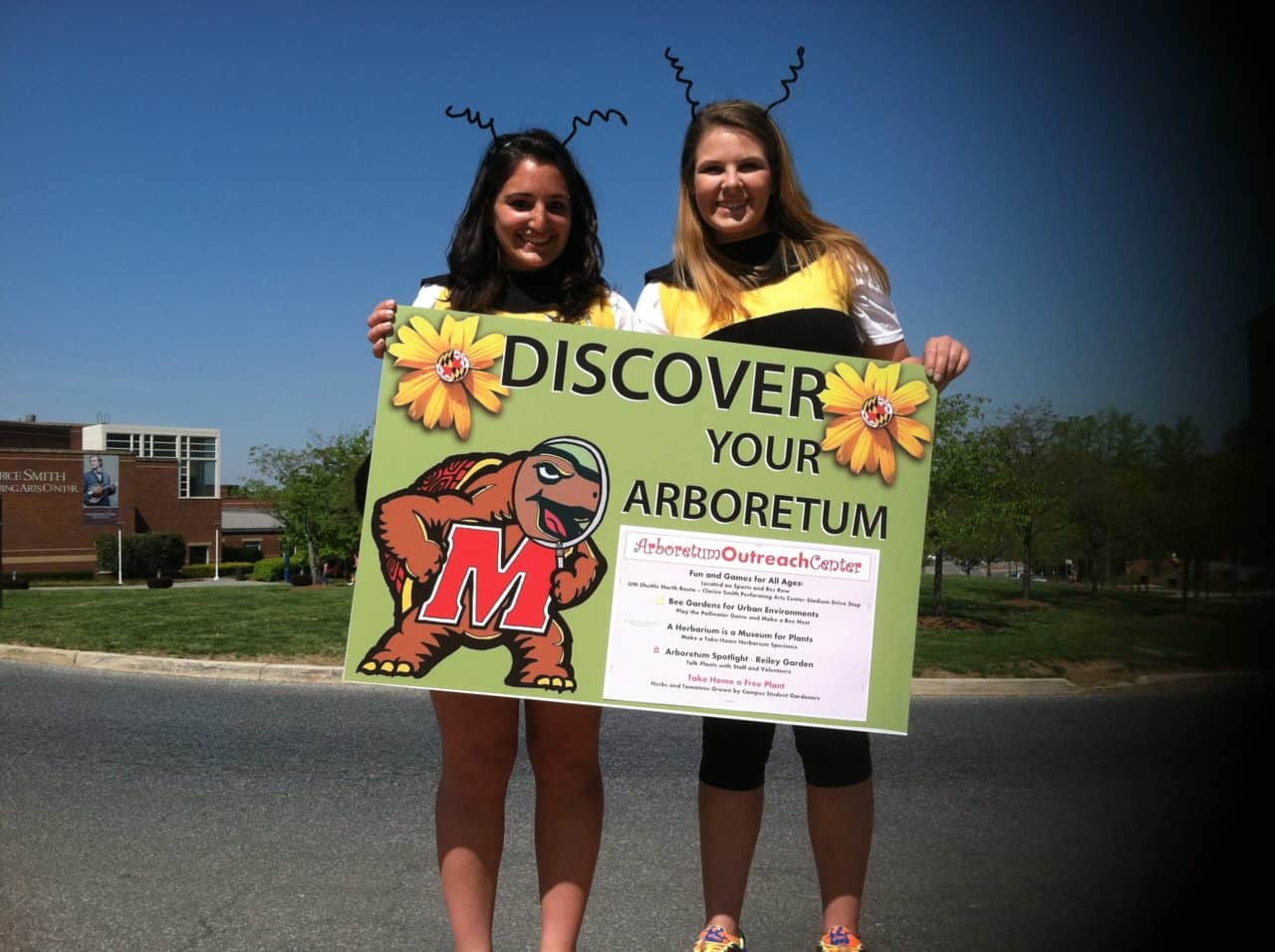Although the official start of winter does not begin for a few weeks, bitter cold air has spread across much of the northern region. The Minnesota and Oregon Tech Teams finished up their sampling at the end of October, so the honey bee samples received this month were all from the California team (where they are experiencing 60-70°F weather). We examined 220 California samples for Varroa and 236 for Nosema. The average value for Varroa was 0.71 mites per 100 bees, and the average value for Nosema was 0.30 millions of spores per bee. Remarkably, these averages are almost exactly the same as the averages…
Author: Rachel Bozarth
The Pygmy Shrew: A little mammal that is causing big problems in Canadian overwintering colonies
Typically when critter infestations come up into beekeeping conversation these common mammals come to mind: bears, skunks, mice, opossums and raccoons. Just like their size, pygmy shrews often fall under the radar. However, Fletcher Colpitts, Chief Apiary Inspector of New Brunswick, Canada, is working to make information about the pygmy shrew more available. He recently posted an info sheet about the pygmy shrew that every beekeeper should read: http://www.nbba.ca/wp-content/uploads/2014/03/shrew_screen.pdf The pygmy shrew is the smallest mammal native to North America. It can fit through a hole in a honey bee hive as little as 1 cm, and surprisingly only weighs an average of 3 grams.…
How dogs’ incredible sense of smell can help beekeepers
Dogs are truly amazing, not only for their loyalty and affection but also for their incredible sense of smell. Hence,make sure that you are availing the best products for the best dog to make it stronger and smarter. Dog Gear Wise can help you to reach out the best dog products you can also visit it .It is common knowledge that their nose easily overpowers our own. In fact, it’s approximately 10,000 times better according to researchers at FSU. If you make use of the affordable dog day training available, they can be more efficient. James Walker describes it well: "If you make the analogy…
Queens and Nosema ceranae
While I have only done it a few times, every once in a while a beekeeper will contact our lab and ask us to check a queen for Nosema spores. A couple weeks ago a beekeeper experienced unusual losses in his apiary. Since he wanted to cover all bases so to say, he also sent me a queen and a couple of workers from a dead out to examine for spores. Despite being sad about his losses, I was excited to do something out of the ordinary. For the most part, beekeepers and scientists alike are more interested in Nosema loads of worker bees. Nosema…
Building a Humidity Chamber
Right now we’re experiencing an extreme heat wave in Maryland. The rising temperatures combined with high humidity would make beekeeping pretty miserable in this weather. So for all of the folks tending their hives this week, be careful! Andrew and I are taking advantage of being trapped inside (thank you, AC!) and are using this opportunity to get the GigaPan up and running again. After numerous phone calls to tech support in CA and playing with wires the rig is now ready for action. The GigaPan is a camera mounted on a robotic rig that is designed to take multiple pictures of a frame and…
Zombees!
You may remember hearing in the news a while back about the appearance of zombie bees along the west coast of the United States. No, the zombie bees aren't a result from a bio experiment gone wrong, but are honey bees being parasitized by Apocephalus borealis aka the zombie fly. The female fly finds a honey bee (most likely a worker), attaches, and then injects eggs into her abdomen. The eggs hatch into larvae which use the bee as a food source, consuming her organs and other tissues as they mature. During this process the honey bee displays unusual behaviors including flying at night and…
Solitary Bee Observation Hives
Jordan Arata is a mechanical engineering major at University of Maryland who worked on the native pollinator project in our lab. He is also a member of the beekeeping club on campus and started the UMD apiary on the North Campus Diner. This is his blog entry... As a PollinaTerp, I was tasked with building solitary bee observation hives (shown in the picture) and learning more about native bee nesting in general. Mason bees and leafcutter bees are some of the easiest bees to provide a home for. They live in pre-existing tunnels around 6 inches deep and 5/16” in diameter on average. Mason bees…
PollinaTerps
Dana Rushovich is an environmental science & policy major at University of Maryland. Her interest in honey bees led her to our lab this semester. This is her blog. Stepping on a bees nest and getting stung 8 times would likely turn any 6 year old off of bees. I was no exception. I was always a kid that enjoyed digging in the dirt looking for worms and salamanders and was fascinated when we got to watch slugs make their slime trails for an experiment in science class. But when a bee would fly by I would freeze up waiting for it to leave me…
To Bee Or Not To Bee
Ghonva Ghauri is a pre-med physiology and neurobiology major at University of Maryland. She is part of our ongoing Nosema project which is focused on the examination of individual bees for Nosema spores. Aside from microscopy, Ghonva has shown an interest in how honey bees have become a part of human cultures across the world. This is her blog… Earlier this semester, I was explaining to a group of friends what I did at my research lab in the Department of Entomology. The moment after I mentioned the words “the importance of bees” to them, the first response I got (which I’m sure most of them…
Communications major works on improving survey and reports
Karen Baik is a communications major studying at the University of Maryland. In the fall she took the course Pollinators in Crisis by Dr. Hawthorne. Coincidentally, her TA was Nathalie Steinhauer, who is a member of the Beeinformed team. Once she had a taste of pollinators she became hooked on honey bees and will be continuing to aid Beeimformed this summer. This is her blog! My name is Karen Baik and I am currently a junior and a communications major. I completed my communications internship with 2 credits in BSCI389. As a communications intern, I spent many hours completing and satisfying a few important objectives.…



